ADENOMYOSIS
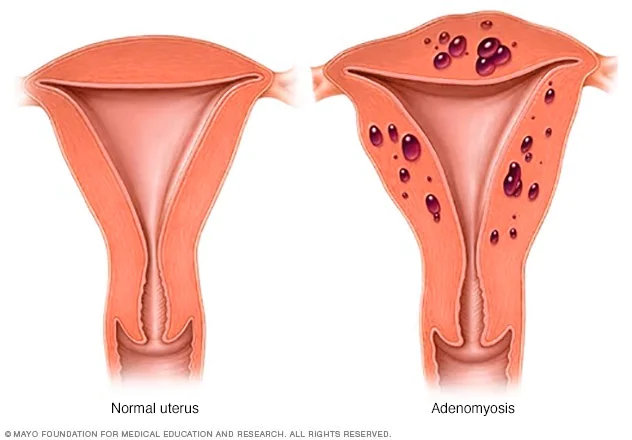
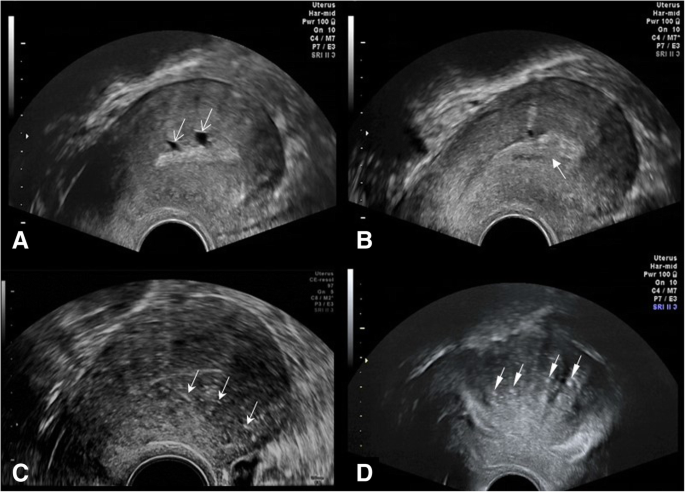
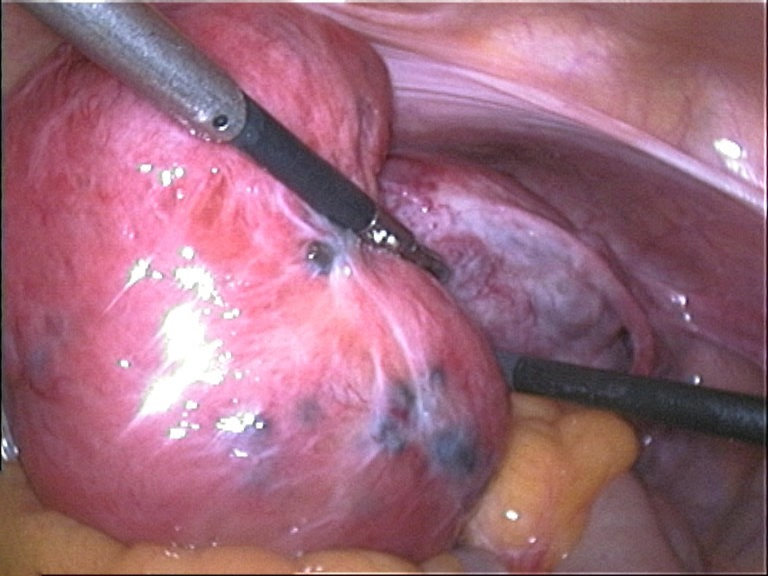
Adenomyosis is a condition in which endometrial glands and stroma (glands and the inner lining of the womb) deposit in the myometrium which will lead to uniformly enlargement of the uterus.
SYMPTOMS
- Heavy menstrual bleeding ( menorrhagia)
- Painful menstruation
- Chronic back pain
- Pain during sexual intercourse and chronic pelvic pain
MANAGEMENT
Depending on the symptoms, severity of disease and fertility wishes of the patient gynecologist will select the most appropriate treatment options for you.
Oral medications and hormones to control the bleeding and pain could be the initial step. Hormones releasing intra uterine system is another novel method to control the symptoms of Adenomyosis.
Only curative and last treatment option for Adenomyosis is total abdominal hysterectomy (completeremoval of womb) with or without bilateral salpingo-oophorectomy (removal of both fallopian tubes and ovaries).
ENDOMETRIOSIS

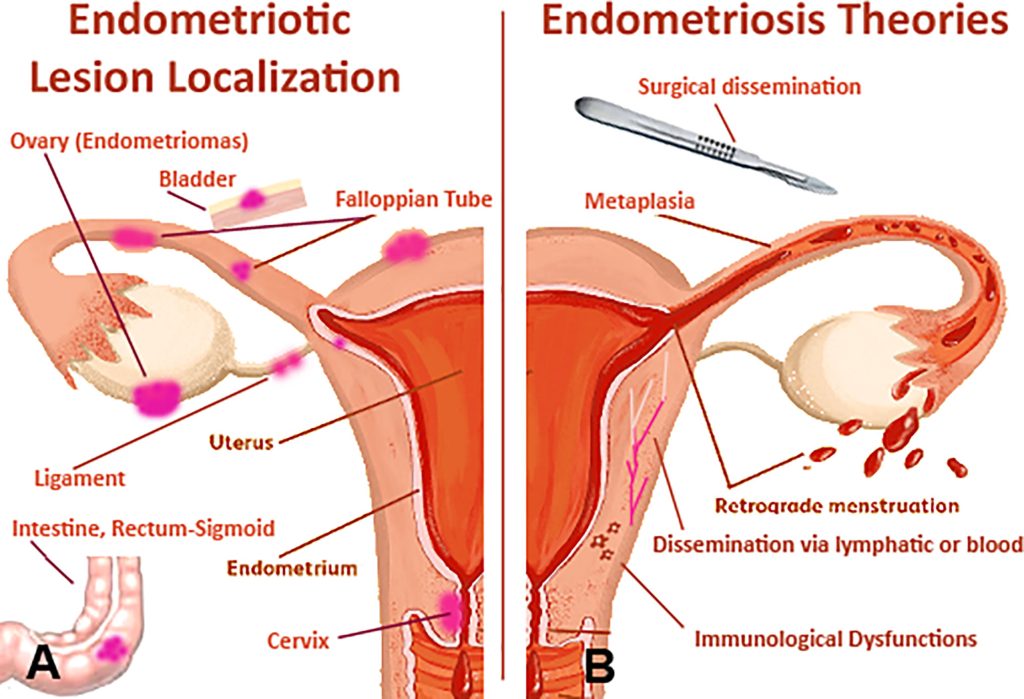
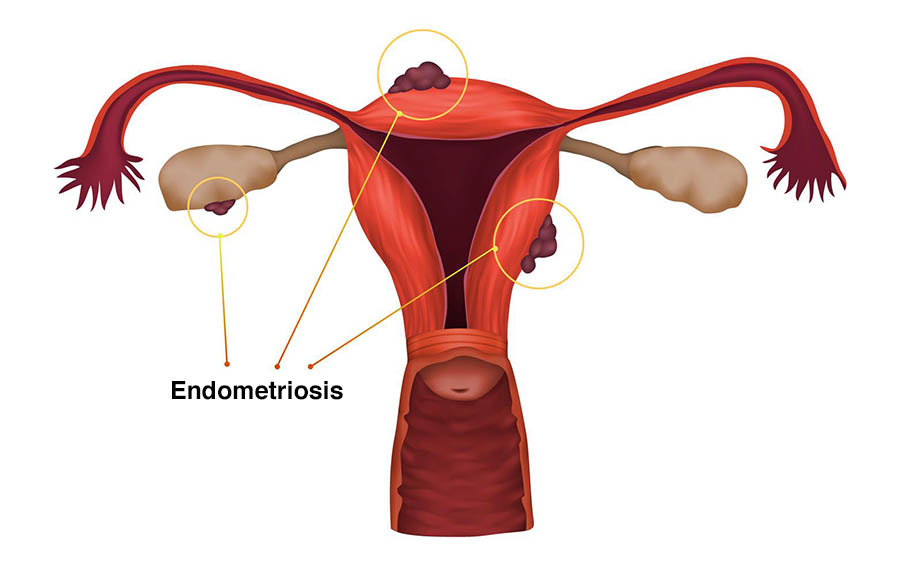
Endometriosis is the growing of the tissue that similar to the tissue inside the womb (endometrial tissue) outside of the uterus (womb). Commonly involving sites are ovaries, fallopian tubes, and the tissue lining of your pelvis. In severe endometriosis, endometriomas (fluid and endometrial tissues containing cysts) are formed and it can distort the pelvic anatomy completely.
SYMPTOMS
- Painful menstruation
- Infertility
- Chronic pelvic pain
- Painful bowel movements
- Rectal bleeding during menstruation.
- Blood stained urine during menstruation
- Cramps around menstruation period
- Pain during sexual intercourse
MANAGEMENT
Pain due to endometriosis can be controlled with analgesics or completely suppressing the menstruation. NSAID s can be used as analgesics and hormones can be used for menstrual suppression.
Surgical management is needed in severe endometriosis especially when endometrioma are formed or when we treat for endometriosis with subfertility. Laparoscopic approach is the recommended method of surgery in endometriosis and can be given by experienced laparoscopic surgeon. Laparoscopic cystectomy, oophorectomy, hysterectomy with bilateral salpingo oophorectomy are the possible options of surgery for a patient with endometriosis.
ality is the surgery.
FIBROID
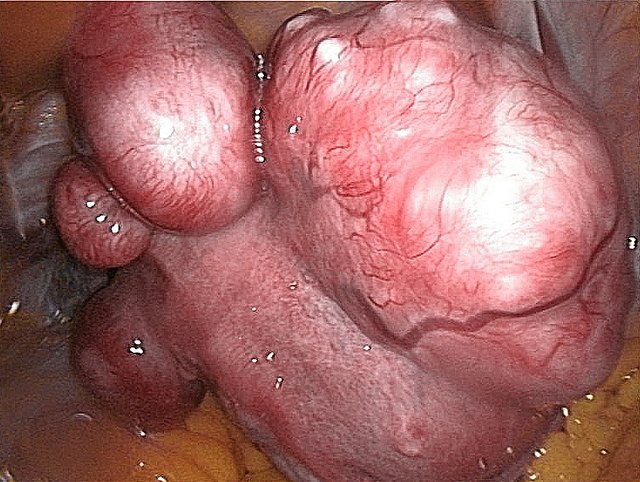
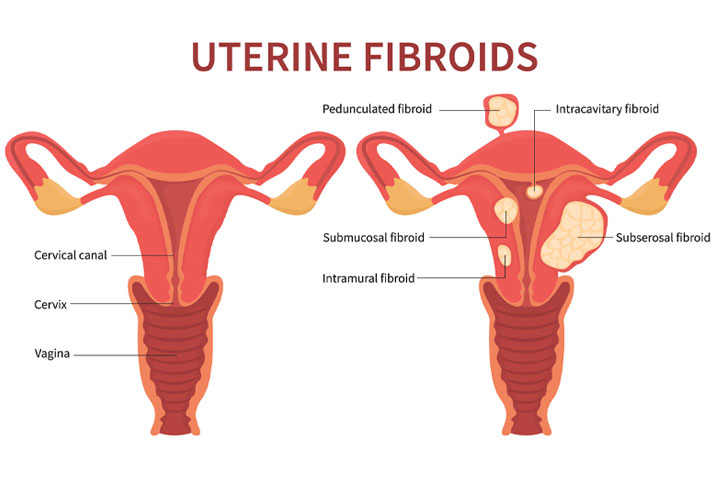
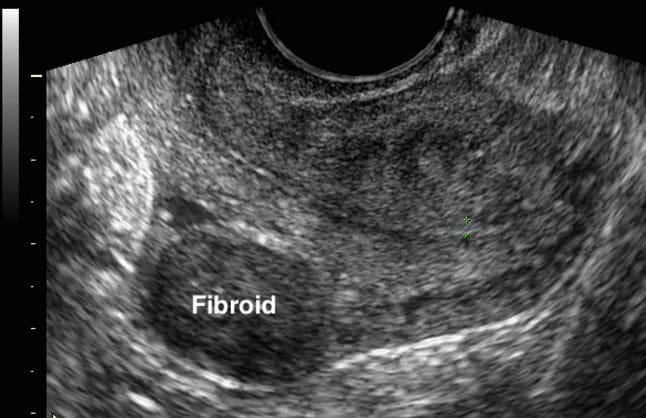
Fibroids are abnormal growths that originate with in the muscular layer of the uterus. Those are benign (noncancerous) tumors. Most of them are asymptomatic and sometimes cause symptoms. Symptoms of fibroids depends on number of fibroids, fibroid size and the location of the fibroids. Women in their thirties and forties are mostly present with symptoms of fibroids and the symptoms include lower abdominal pain, heavy and prolonged menstrual bleeding, pressure symptoms like difficulty in urination or defecation and infertility.
MANAGEMENT
Management of fibroids depends on many factors and each and every fibroid does not require to remove. A gynecologist has to decide on the myomectomy (surgical removal of fibroids) based on several factors.
- Extent of symptoms
- Your age
- Your fertility goals
- Number and size of the fibroids
- Any previous fibroids treatments
- Other health conditions present
When you become menopause, most fibroids stop growing and shrink so it is better to observe first. Definitive treatment depends on your fertility wishes. If you have further fertility wishes myomectomy (surgical removal of fibroids) is the option and hysterectomy (surgical removal of womb) is also an option if the patient has completed the family.
OVARIAN CYST

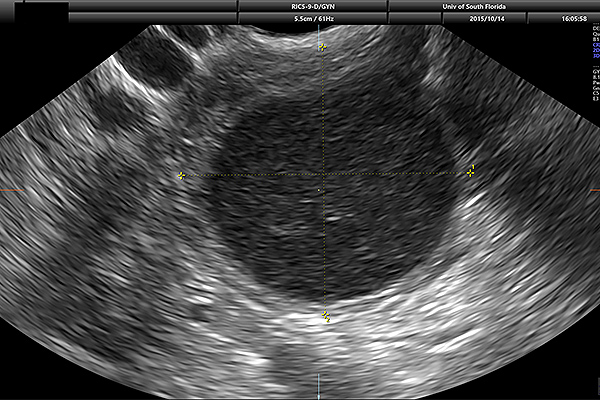
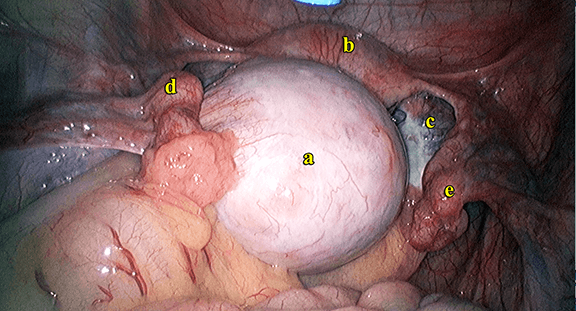
Ovarian cysts are fluid filled cavities within the ovary. Women have two ovaries, which are connected to either side of the uterus by a fibrous band (ligament). Fluid within the cyst can vary from thin and watery to thick paste-like in consistency. Cysts can vary in size, number, and type. There are two types of cysts, Such as benign cysts (non-cancerous) and malignant cysts.
Even though most women have ovarian cysts at some stage of their life, most of them are present with little or no discomfort. Even without treatment majority will disappear within a few months.
SYMPTOMS
- Most cysts are asymptomatic.
- Dull aching lower abdominal pain
- Heaviness in the lower abdomen
- Symptoms associated with the underlying disease such as endometriosis
- Sudden onset severe abdominal pain with fever and vomiting after torsion of the cyst
MANAGEMENT
Cystectomy (surgical removal of the cyst) or Oophorectomy (surgical removal of the ovary) is the surgical treatment options for an ovarian cyst. The type of Operation depends on various factors such as the type of Cyst, and age of the patient. Laparoscopic cystectomy is the keyhole surgery for the Ovarian Cyst.
OVARIAN CANCER

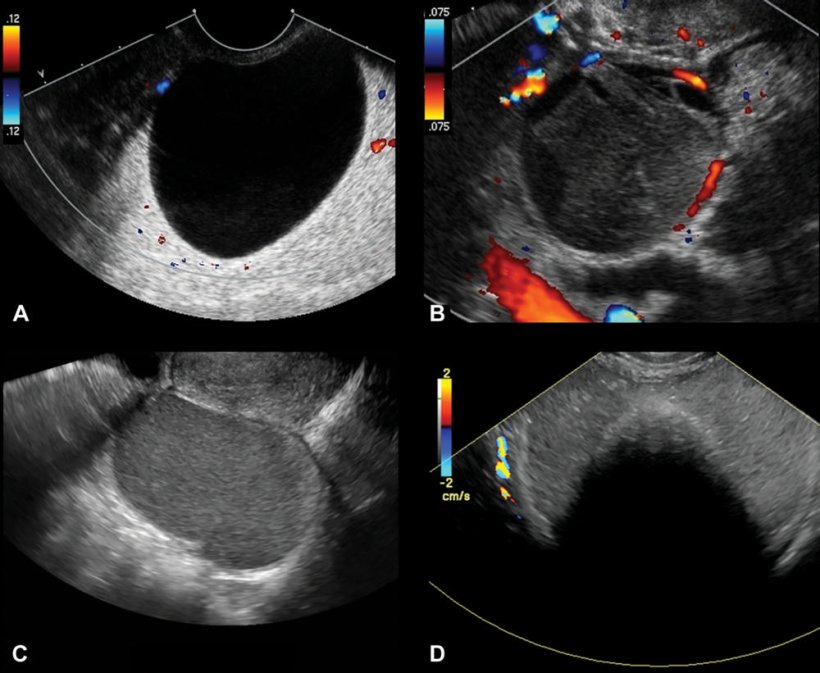
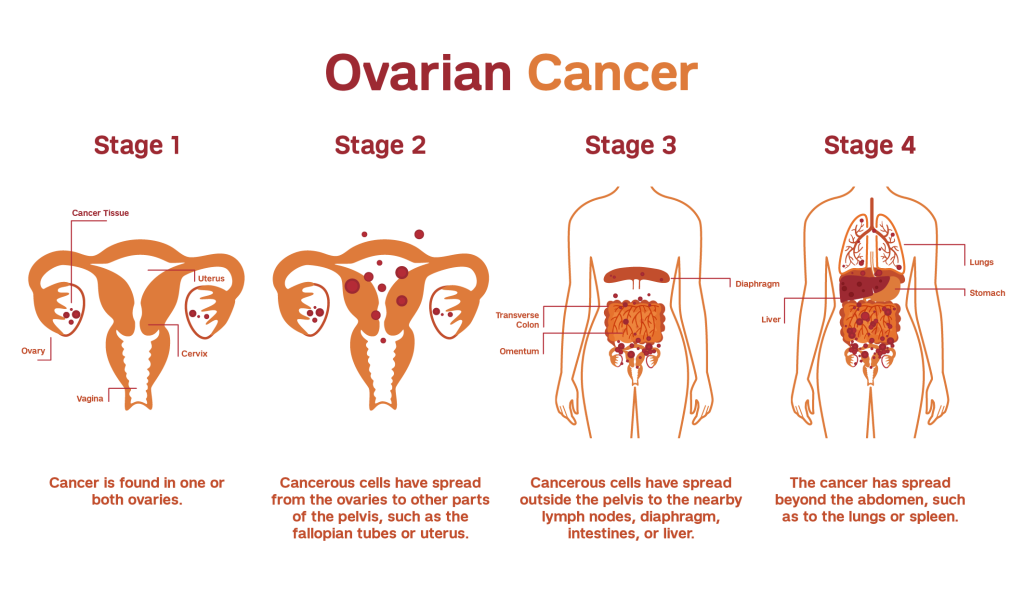
Ovarian cancer is a group of diseases that originates in the ovaries. The ovaries are 2 small, oval-shaped organs attached to the uterus (womb) on its either side. Ovarian cancers come in a variety of different tumor types. There are actually more than 30 types and subtypes of ovarian malignancies, each with its own histopathology (diseased tissue) appearance and biologic behavior. The most common tumor type is high-grade serous carcinoma, occurring in about 70% of ovarian cancer cases.
SYMPTOMS
In most cases, it gets detected in late-stage
- Irregular vaginal bleeding, abdominal bloating or swelling.
- Quickly feeling full when eating.
- Weight loss.
- Discomfort in the pelvic area.
- Fatigue.
- Back pain.
- Changes in bowel habits, such as constipation.
- A frequent need to urinate.
MANAGEMENT
Treatment of ovarian cancer usually involves a combination of surgery and chemotherapy. Surgeries include unilateral oophorectomy (removal of one ovary), or bilateral oophorectomy (removal of both ovaries) with or without hysterectomy (removal of womb) also with removal of all cancer deposit depending on spread of cancer and patient s other factors such as age.
Drugs to kill fast-growing cancer cells in our body are known as Chemotherapy. Chemotherapy drugs can be taken by mouth or can be taken in the intravenous route. Chemotherapy is often used after surgery to kill any cancer cells that might remain. It can also be used before surgery.
PELVIC ORGAN PROLAPSE
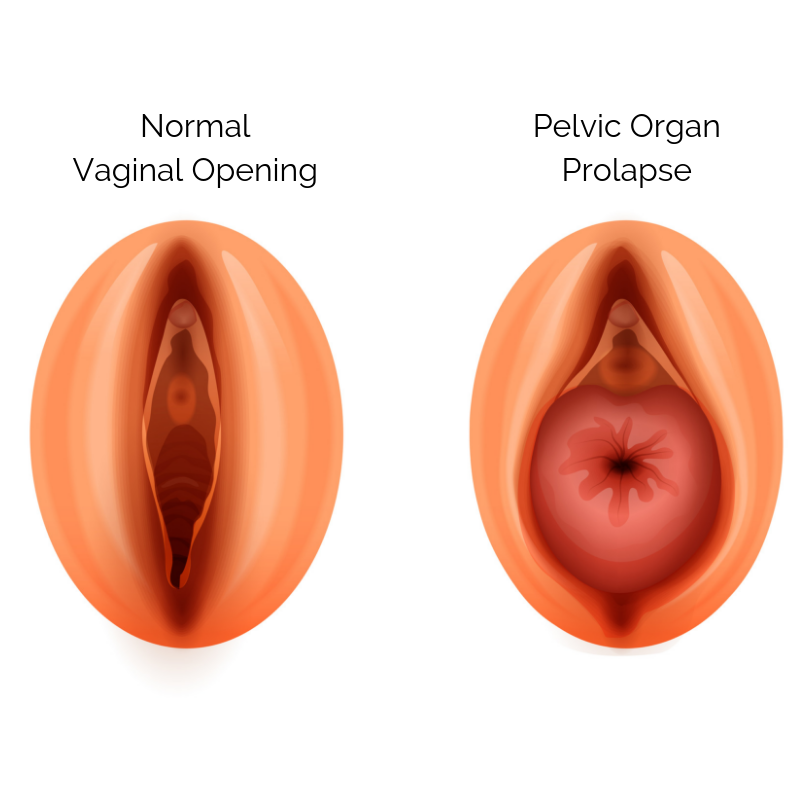
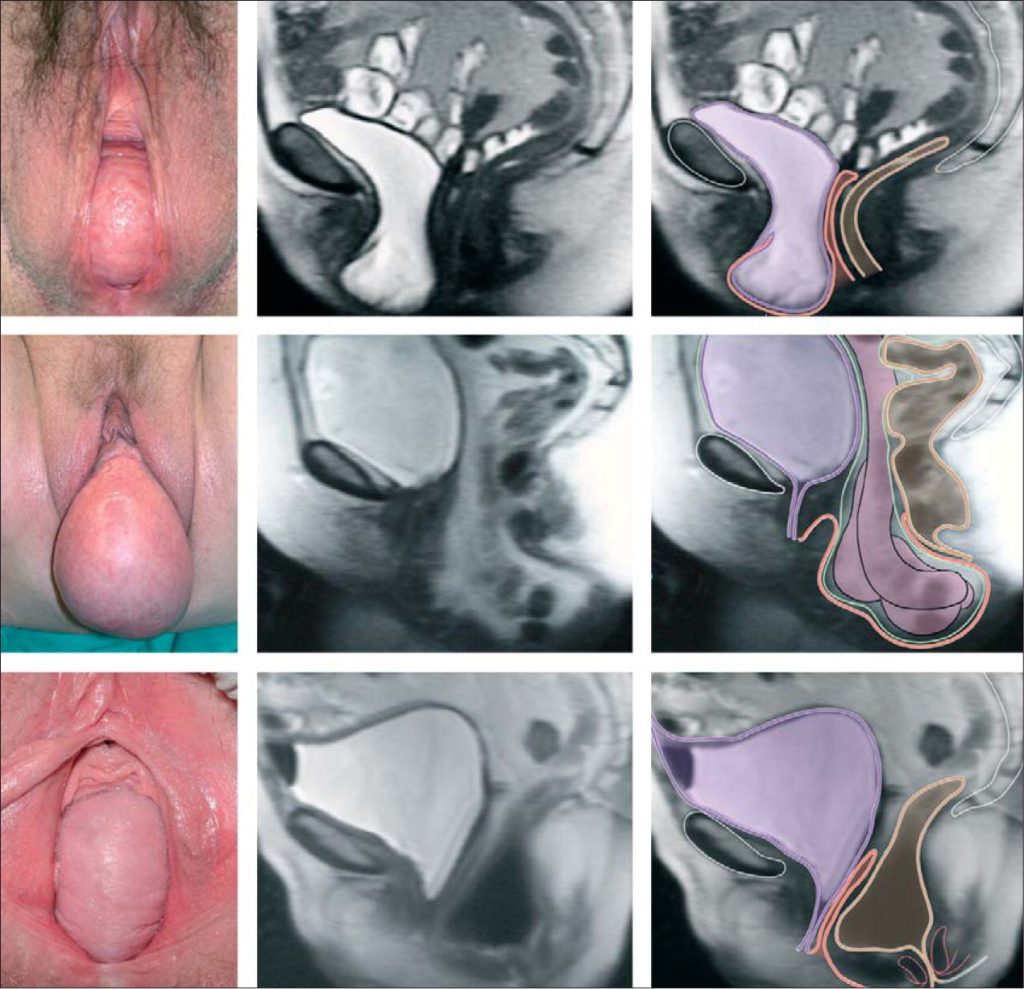
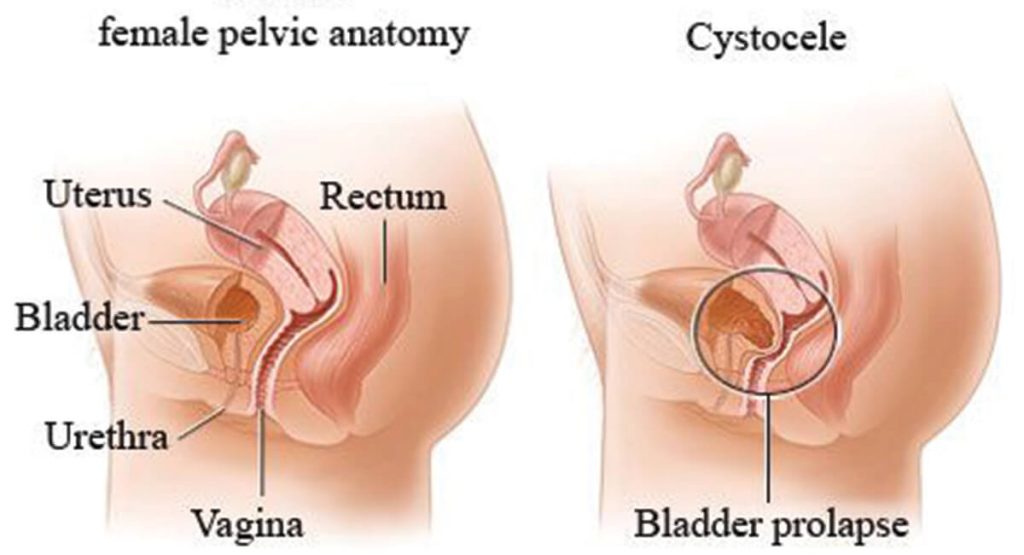
Pelvic organ prolapse occurs when the tissue and muscles of the pelvic floor no longer support the pelvic organs such as the bladder, uterus (womb) and rectum resulting in the prolapse of the pelvic organs from their normal position.
SYMPTOMS
- Having a bulge in the vagina.
- Feeling uncomfortable during physical activity or sex.
- A feeling of discomfort, fullness in the pelvis
- Leaking urine (incontinence)
- Difficulty in defecation
- Recurrent back pain, lower abdominal pain
- Having pain during sex (dyspareunia) .
- Sometime symptoms are worse at certain times of the day such as during physical activities, or after standing for a long time.
MANAGEMENT
The most suitable treatment method depends on the nature of the symptoms, extent of the prolapse, completion of the family, sexual activity, age, fitness for surgery and anaesthesia, associated incontinence symptoms, previous management, and outcome.
You may not need any treatment if the prolapse is mild to moderate and does not cause any pain or discomfort.
Treatment options include surgical and non-surgical management.
Non-surgical management is physiotherapy including pelvic floor muscle training, life style changes, vaginal pessaries and hormonal treatment.
Surgeries for pelvic organ prolapse includes
- Anterior repair for cystocele
- Vaginal hysterectomy/ abdominal hysterectomy for uterine prolapse
- Posterior repair for rectocele
- Perineal reconstruction for Perineal deficit
CERVICAL CARCINOMA
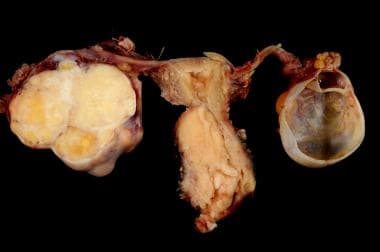
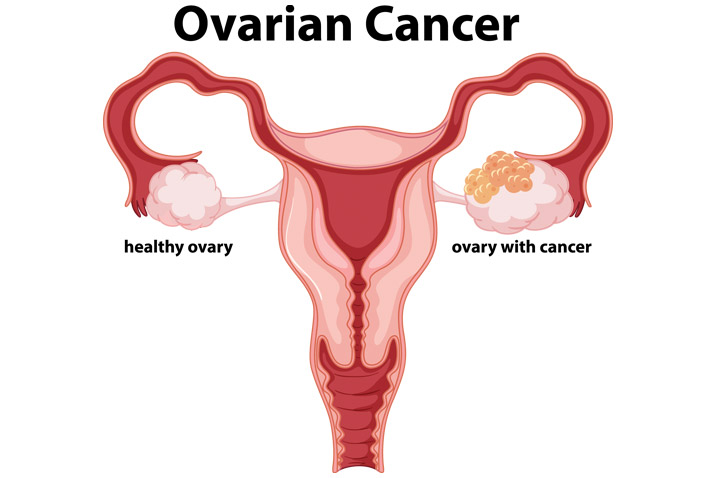
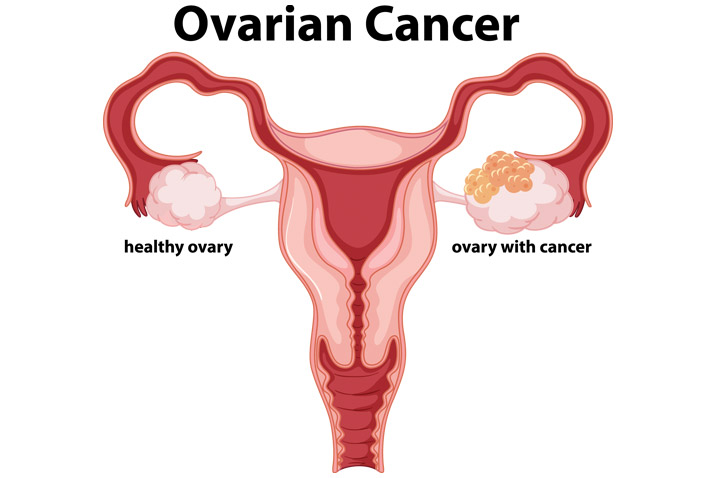
It is a malignant tumor of the cervix, the lowermost part of the uterus which opens into the vagina. It occurs when the tumor cells grow out of control. There are two main types of cervical cancer- squamous cell carcinoma and adenocarcinoma. Pap smear test (method of cervical screening test used to detect precancerous and cancerous tissue in cervix) can be helpful to detect early stages of cervical cancer.
SYMPTOMS
- may have no symptoms
- irregular bleeding
- blood stained vaginal discharge
- post-coital bleeding
- dyspareunia
- pelvic pain
MANAGEMENT
It depends on the staging of the cancer. Surgery and the radiation therapy or combinations can be used to treat cervical cancer.
Surgical management includes laparoscopic radical hysterectomy which involves laparoscopic removal of the uterus with cervix, fallopian tubes, ovaries and upper portion of the vagina as well as nearby lymph nodes. It is a much bigger and complex surgery than a standard hysterectomy.
ECTOPIC PREGNANCY
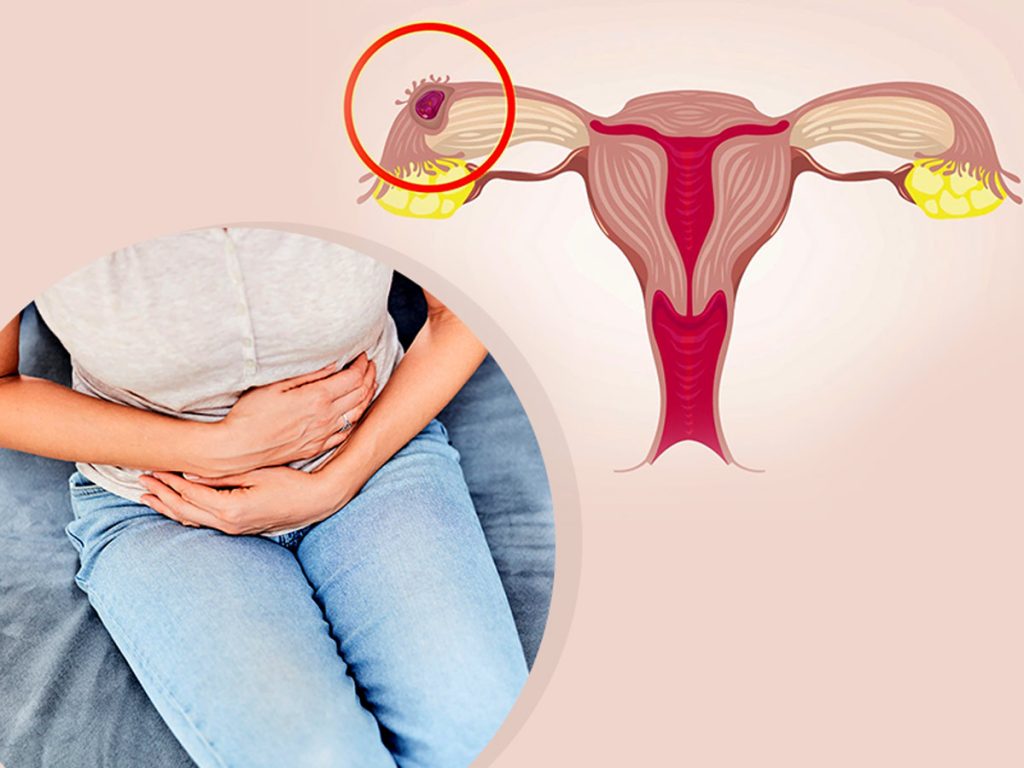
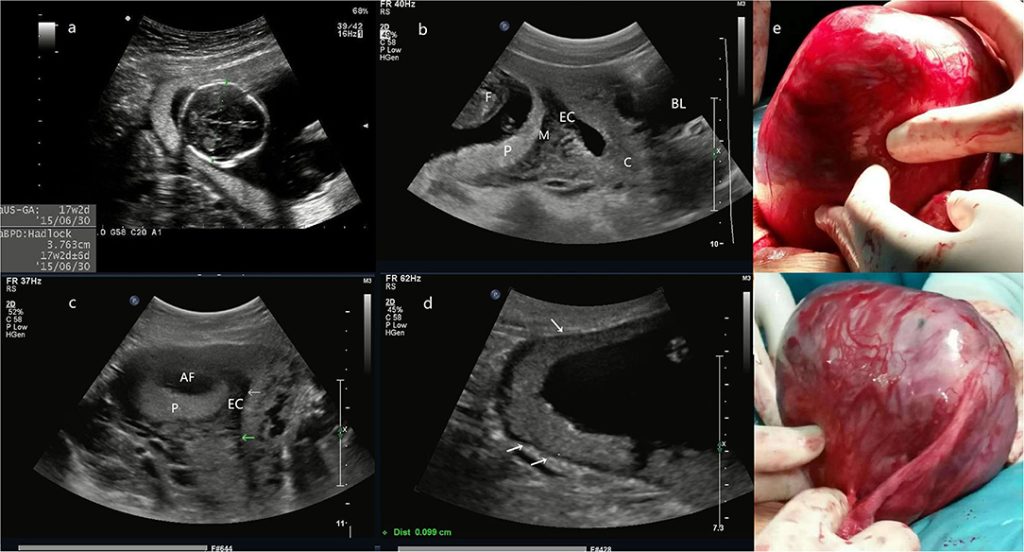
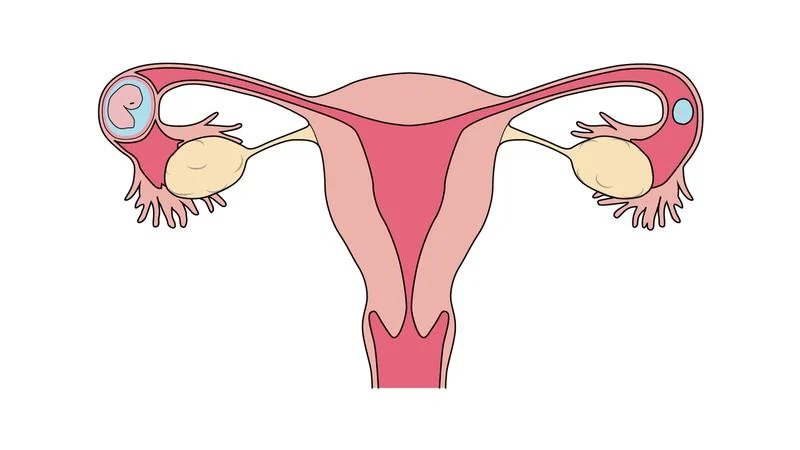
Ectopic pregnancy is the implantation of a fertilized ovum outside the endometrial cavity, usually in one of the fallopian tubes . It is a potentially life-threatening condition.
SYMPTOMS
- Amenorrhea or missed period
- Positive urinary HCG test
- Moderate to severe lower abdominal or pelvic pain
- Vaginal bleeding may or may not be there
- Shoulder tip pain
- Dizziness or syncope
- Loss of consciousness due to hypovolemic shock
MANAGEMENT
Management involves expectant, medical and surgical management. Laparoscopy is the recommended surgical management and considered as the gold standard for diagnosis as well as treatment of the ectopic pregnancy.
Laparoscopic salpingotomy (removal of ectopic pregnancy followed by repair of the tube) and Laparoscopic salpingectomy (removal of the tube) are the surgical treatments options for ectopic pregnancy.
LAPAROSCOPIC SURGERY FOR PELVIC INFLAMMATORY DISEASE (PID)
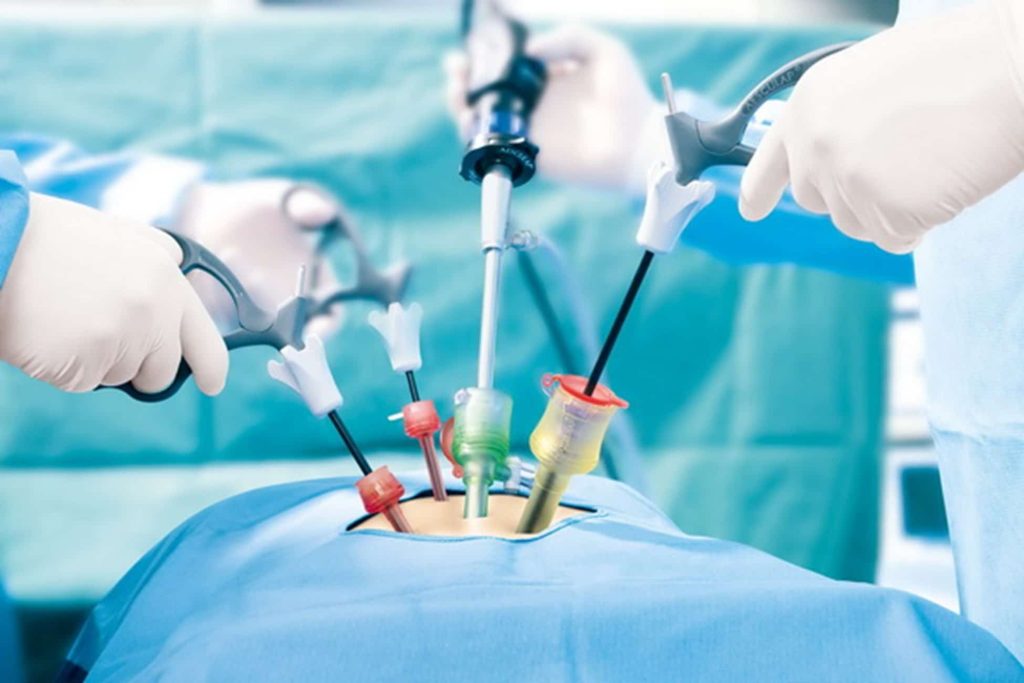
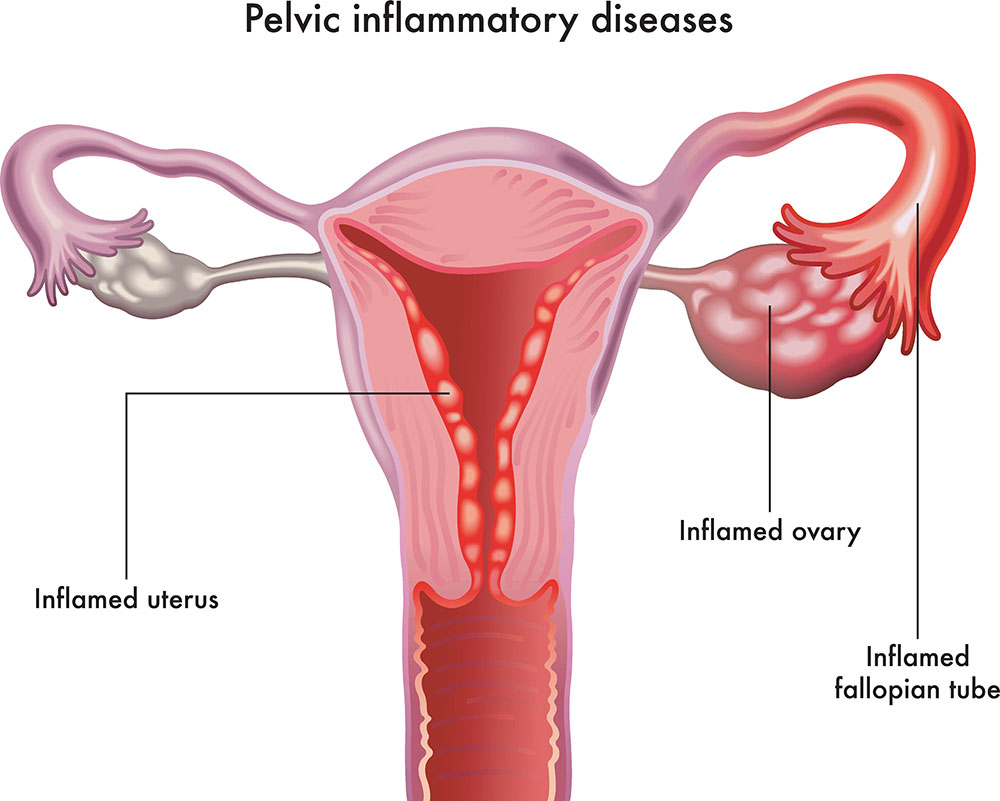
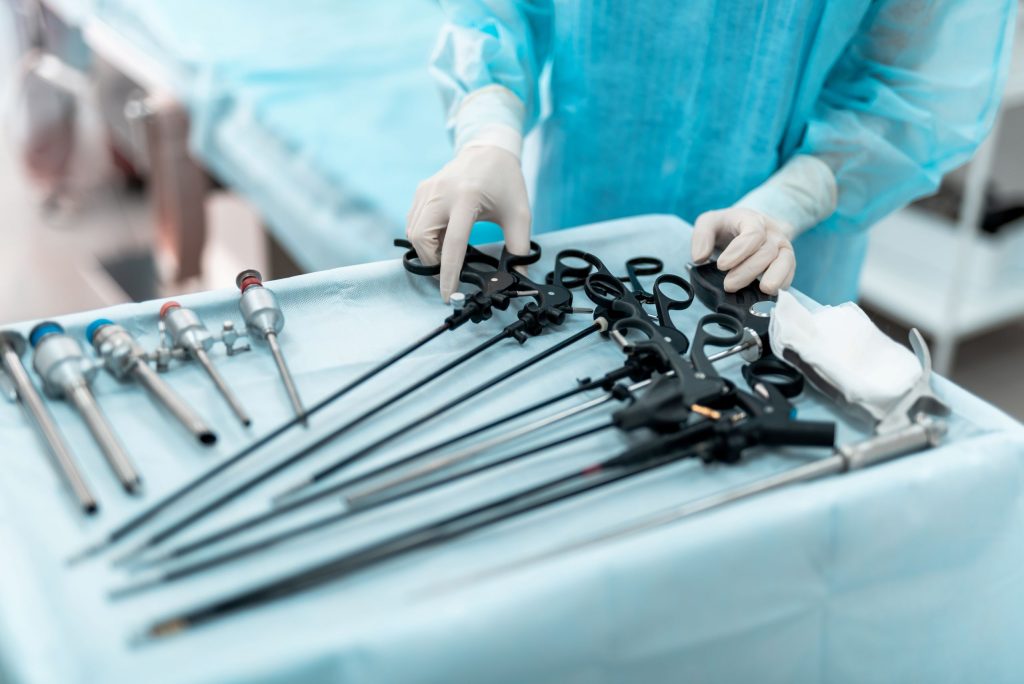
Pelvic inflammatory disease is spectrum of diseases cause by ascending infection in the genital tract. Cervicitis, endometritis, salpingitis, oophoritis, pelvic abscess, peritonitis, are the common conditions that occur in PID.
Patients with PID present with fever, nausea and vomiting, abdominal pain, per vaginal discharge and on examination they will show features of acute abdomen.
MANAGEMENT
Treatments depend on severity. Mild PID can be managed only with antibiotics and in severe PID especially when complicated with collection of pus, surgical intervention is needed to do for drainage of collections and also sometimes removal of infected part of the pelvis.
Ex – if pus collected in the fallopian tube, salpingectomy need to be done as just antibiotics alone is not enough. Therefore laparoscopy has a much useful role when it is done by an experienced gynaecological laparoscopic surgeon to perform appropriate treatment in PID.
URINARY STRESS INCONTINENCE SUI
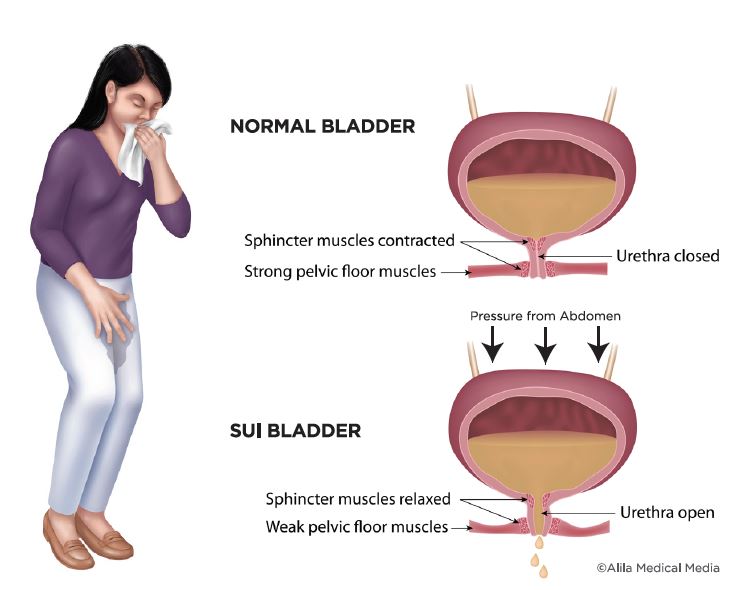
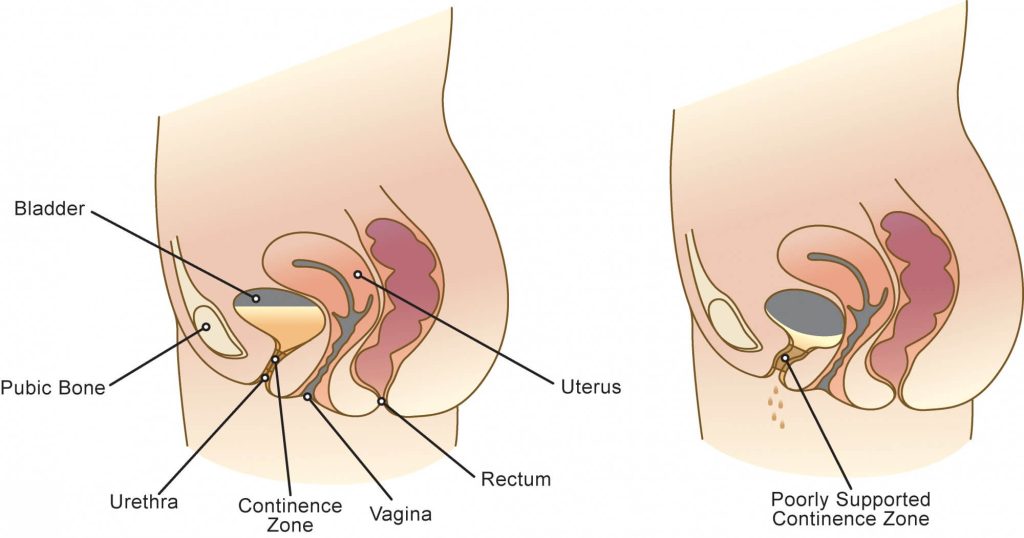

SUI is the involuntary leak of urine when the intra-abdominal pressure goes up at the time of coughing or sneezing. It is a troublesome condition for day today work and significantly reduces quality of life.
MANAGEMENT
Treatment for urinary incontinence depends on the type of incontinence, its severity and the underlying cause. A combination of treatments may be needed. If an underlying condition is causing your symptoms, your doctor will first treat that condition.

